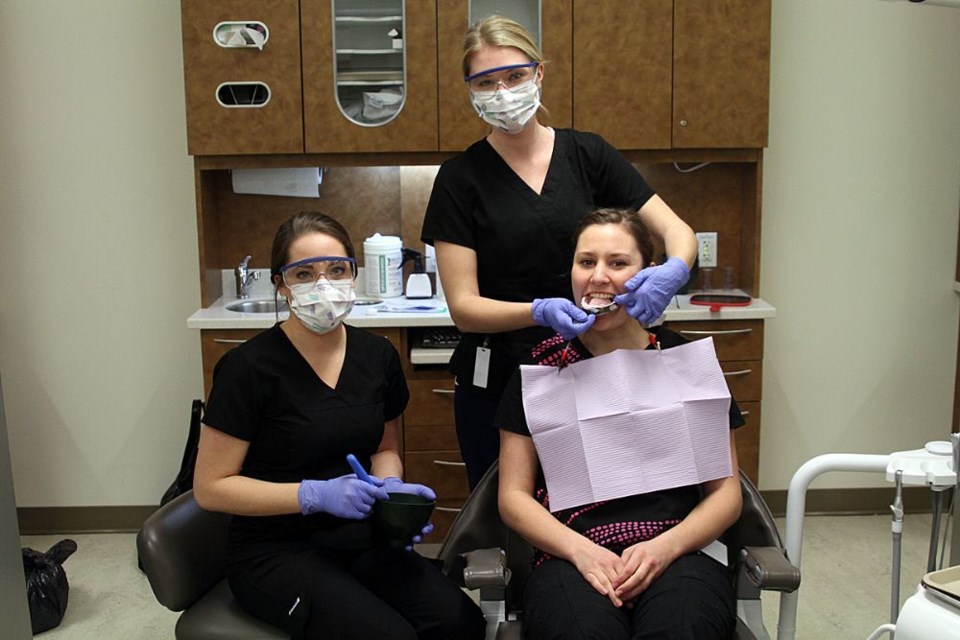College students often emerge from post-secondary school with the notion that their vocation is the most important of them all.
What many don’t realize is that without collaboration in the field, things can go awry in a hurry. Paramedics rely on firefighters, social workers depend on health professionals and no one profession is the be-all, end-all solution for people in need.
For the past six school years, students in Confederation College’s schools of health and community services have spent a day getting to know the work being undertaken by those in other programs.
The hope, says Shawn Untinen, a professor and co-ordinator in the social service worker program at the college, is that once they leave school and begin their careers, they’ll be better equipped to meet the needs of their clients and have a stronger understanding of the roles others have to play in their care.
Breaking down those barriers is part of a growing educational movement across Canada, Untinen said Wednesday – especially those in so-called helping programs.
No knowing what others do has ramifications in the field, he added.
“When professionals don’t work together well, don’t co-operate, patient care and client care can suffer. Things get missed and it really frustrates folks,” Untinen said.
“The movement that’s arisen says let’s break down those silos, let’s get folks learning with and from each other.”
Students are often on placement with people from other programs.
The inter-professional education program helps ease the transition, demonstrating both the unique and shared skills the other possesses.
“Ultimately, when they finish with us, they head out into the community. So we want them to take that with them into the community and learn to work together to make sure patient care and client care is the best that it can be and that folks expect to get.”
Second-year social service worker student Braidey Manduca called it an important learning experience.
“It benefits the students to help them figure out the similarities in the services that we have and also the differences. It also helps with the collaboration when we work together in the field,” she said.
Sign in or register
- Messages
- Post a Listing
- Your Listings
- Your Profile
- Your Subscriptions
- Your Likes
- Your Business
- Support Local News
- Payment History
Registered Users
Already have an account?
New Users
Create a free account.
